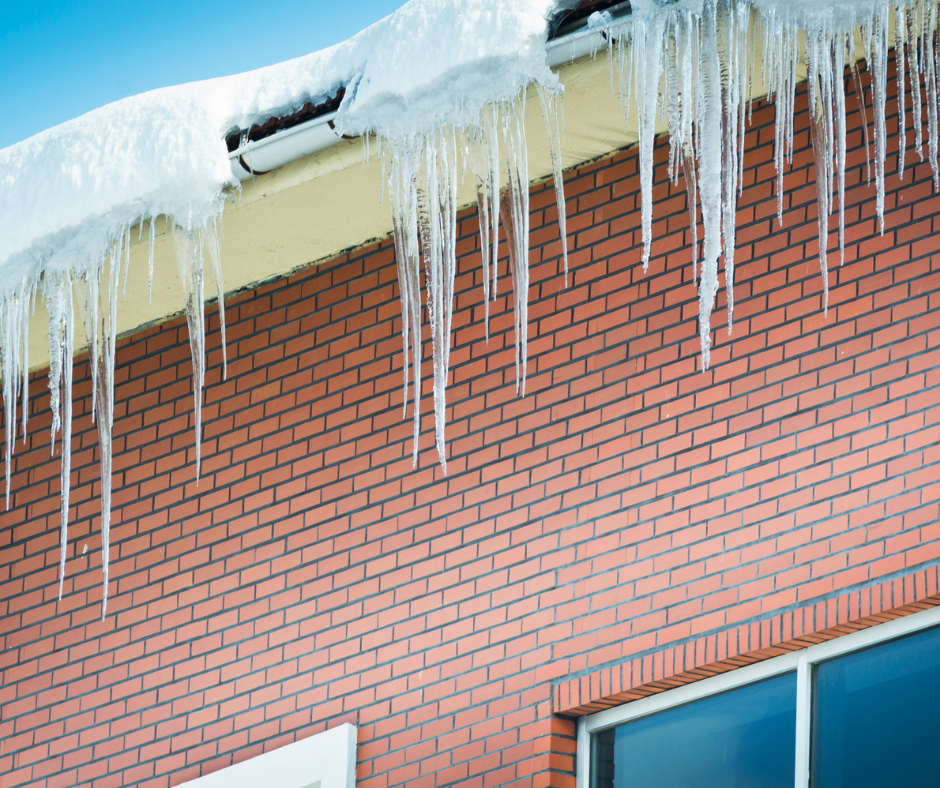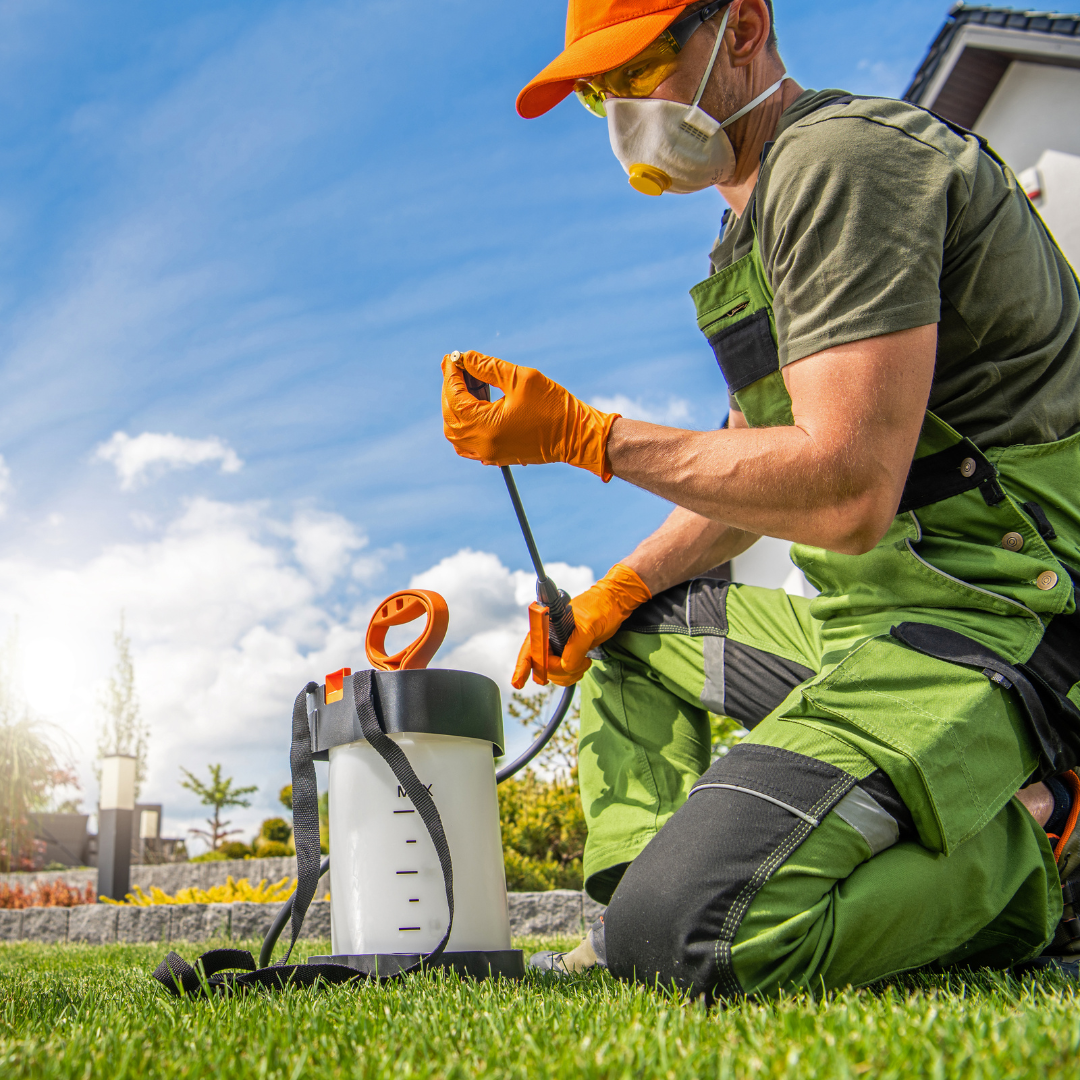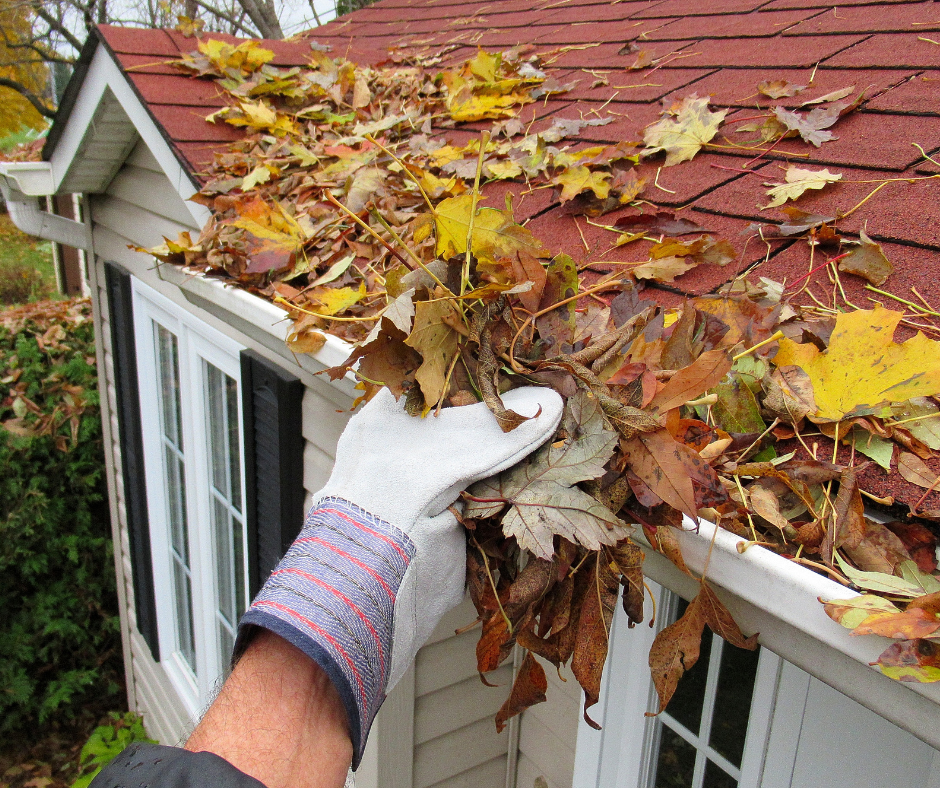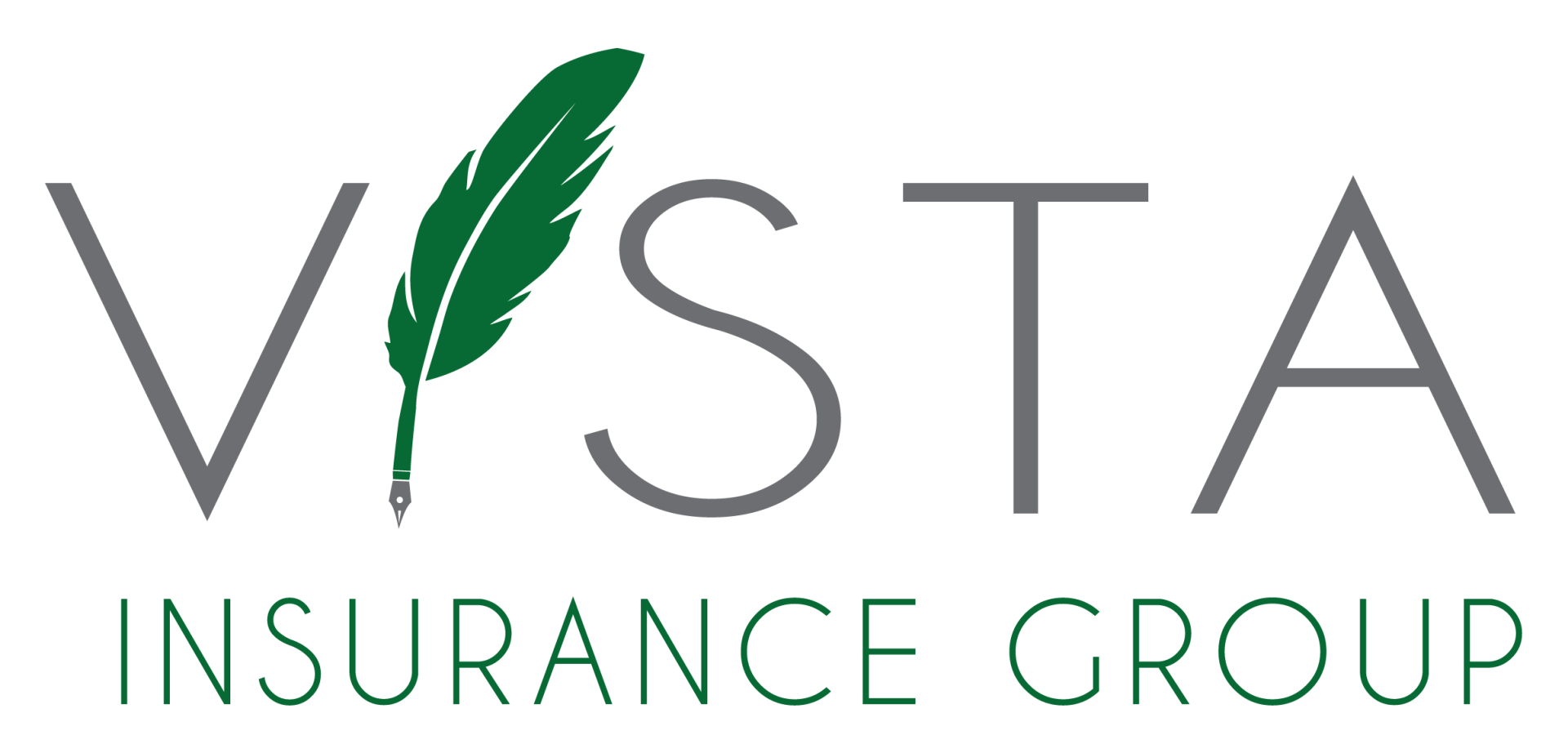12 Common Life Insurance Mistakes
Along with National Coffee Day, American Business Women’s Day, and Cheese Pizza Day, there were also some other important highlights in September that were hard to ignore. No, I’m not talking about it being Fall Hat Month or Talk Like a Pirate Day, but instead about all the #LifeInsuranceAwarenessMonth hashtags you might have noticed on your Instagram feed. You probably didn’t purchase any life insurance because of that hashtag but hopefully it started a conversation with your spouse or even a quick Google search about life insurance policies. Whether you are ready to purchase life insurance or you just need help understanding all the options, Vista Financial Group is here to help you avoid mistakes others have made.
Avoid These Mistakes When It Comes To Life Insurance
Procrastination: Life insurance is cheapest when you’re young and don’t have heath problems. Over half of Americans continue to procrastinate when it comes to purchasing the coverage they need. Don’t wait until it’s too late to get the coverage you need at an affordable price.
Not Shopping Around: Buying a policy from your cousin seems like the right choice, but make sure you’ve done your research before buying. Similar policies can have different price tags. Shopping around to different companies to compare will leave you feeling good about your choice. You also want to check the financial strength ratings of the companies you get quotes from to make sure they will be able to pay out in full when the time comes.
Not Getting Help: Researching life insurance policies can be exhausting. Don’t do it on your own. Find an agent that can help educate you on different policies and help you find the one that is right for your situation.
Miscalculating the Cost: Most people without life insurance assume that they can’t afford it. Instead of just assuming it’s too expensive, have an agent give you some quotes so you can get a ballpark figure. It’s probably cheaper than your monthly latte bill.
Thinking Your Emergency Fund is Enough: Lots of people have emergency funds for the unfortunate times when you lose your job, or you need to purchase a large ticket item, but it’s not enough to support your family in case of a tragedy. You need coverage that won’t be gone in a few months.
Giving Up Due to Too Many Options: Life insurance policies offer A LOT of options. Trying to decide which one is best for you and your situation can be overwhelming. Let your agent narrow down the policies that are right for you so you can choose from fewer options.
Lying on Your Application: Leaving out important health information is a big mistake. Whether you’re a smoker or have a family history of heart problems, insurance companies have access to medical records, physical exam data, and family history checklists from your doctor. If they find out you lied, they may decline the application.
Not Buying Enough Insurance: Your policy needs to cover income, living expenses, funeral costs, education, and other future expenses. Not buying enough coverage is one of the most common mistakes people make when purchasing a policy.
Relying on Your Employer’s Coverage: Many employers provide coverage, but it’s not enough for a family. You will need more coverage for dependents. Think about how much you would need for your loved ones to continue living the lifestyle they currently live.
Choosing the Wrong Type of Policy: Depending on which phase of your life you are currently in will help you decide the policy that is right for your situation. Are you the breadwinner and need coverage for mortgage payments and other bills? Do you have small children at home that would need a caregiver? Or are you looking to leave an inheritance to your children? Let a financial advisor help guide you.
Neglecting to Name Beneficiaries: You don’t want your loved ones having to deal with probate. Make sure to name your beneficiaries so your money goes to the people you want to have it.
Ignoring Your Policies: Don’t let your policy collect dust! Every policy needs to be reviewed every 3-5 years. You many decide you want to change the type of policy or update beneficiaries.
Feel Confident With Your Financial Decisions
Vista Financial Group is the financial services arm of Vista Insurance Group. We focus
on helping individuals and businesses plan for their financial futures. At VFG, we
understand that making financial decisions can sometimes be challenging. We have the
knowledge and experience to help empower our clients to improve their overall financial
situation thus attaining emotional confidence. By choosing to work with Vista Financial, you will be able to know with 100% certainty that both you and your family are fully protected in the event of an unforeseen death. Our tools and overall approach to planning can help you avoid mistakes and make the best decisions regarding life insurance.










